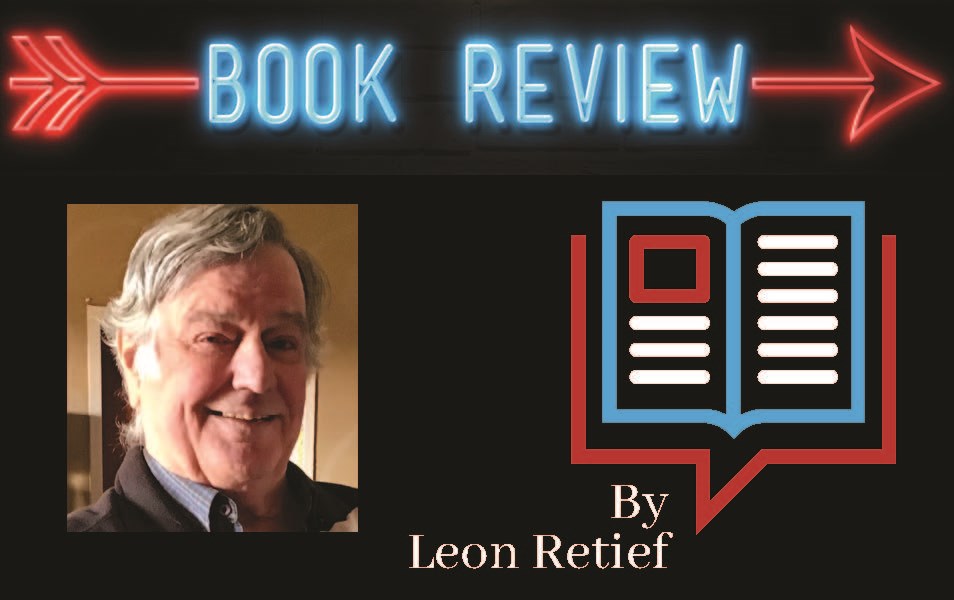Being Mortal. Medicine and What Matters in the End
Atul Gawande.
Metropolitan Books, 280 pages
“I learned a lot of things in medical school, but mortality wasn’t one of them. Although I was given a dry, leathery corpse to dissect in my first term, that was solely a way to learn about human anatomy. Our textbooks had almost nothing on aging or frailty or dying. How the process unfolds, how people experience the end of their lives, and how it affects those around them seemed beside the point. The way we saw it, and the way our professors saw it, the purpose of medical schooling was how to save lives, not how to tend to their demise.”
With a few slight changes, Atul Gawande’s opening paragraph could just as well have been written by me or one of my classmates.
Medical curricula have changed much over the past few decades and only sometimes for the better, but it still follows – and quite understandably so – one of the core tenets of its raison d’être: saving lives.
I well remember the family physician of my small-town childhood, who delivered me into this world. (He did have my mother’s co-operation of course). He qualified at Edinburgh University nearly 100 years ago, in 1927, and told me many stories about his experiences there.
In those days, everything revolved around preventing death. Subsequently antibiotics have been discovered, advanced imaging techniques have become commonplace and modern anaesthesia allows complex surgery which would have been unthinkable a century ago. Cancer is still a feared disease but isn't the unavoidable death sentence it once was.
Medicine has undergone a revolution since 1927 and I think he must have been jealous.
However, with regard to his training, that was then, this is now. How much has changed? He learned how to save lives and that he did, venturing into the back streets of Edinburgh, doctor’s bag and Wrigley’s forceps in hand, using his meager armamentarium to deliver babies, staunch hemorrhages, stitch wounds, treat heart attacks and strokes.
He told me nothing about treating the slow mental and physical disintegration of old patients because, as I later came to suspect, this wasn’t really part of his training or how he himself saw his duties and obligations as a doctor. Or, perhaps, there just weren’t many such patients nearly a century ago, maybe they died quickly, if not always without suffering. Today’s doctors still save lives, but learning about the mental and physical aspects of many elderly peoples’ long, slow descent from a meaningful existence until, as Shakespeare put it, they enter the detestable maw, the womb of death, is for the most part a minor facet of their training and/or practice.
It has moved from a devotion to “purely” saving lives to an enterprise largely engaged in prolonging life, which, admirable as it may appear, is not always an undisguised blessing.
After a year-long cadaver dissection, my medical training progressed to living patients, where students experience all the facets of life which make them grow up very quickly: disease, pain, sorrow, anguish, hate, violence, bereavement, fear, guilt, addiction.
But the frail, infirm or semi-infirm geriatric patient, often wheelchair bound, sometimes aware that something is wrong but not always entirely sure what is amiss – we learned little about them.
I remember a short course by an internist who started his first lecture with the words: “Old peoples’ organs suffer in silence.”
As now one of the aforementioned “old people,” I can attest that he was right, but he was aiming at treating conditions like hypertension, atrial fibrillation and so on; the treatment of which is often different than in younger patients.
Gawande tells us that grandfather (who died at over a hundred years) lived independently in India, was cherished and cared for by his family and that his opinions about important matters were sought after.
Reading this book, it once again becomes abundantly clear how socio-economic changes in the Western world have radically changed the situation of the elderly – children do not live near their parents or grandparents, who have lost the position of influence once held in their families.
However, it is not only society that is to blame. The central theme of Gawande’s book is how modern medicine has increasingly influenced the elderly in Western society - and it isn't always a pretty picture.
Life expectancies have increased, but the added years are quite often not pleasant at all, spent as frail, semi-helpless or completely helpless individuals, often isolated – not only in a physical sense but also physiologically and psychologically.
I have frequently asked myself: how important is it to treat, say, high cholesterol in a 85 year old person? Will it make any difference in quality of life? How many pills must an elderly person take, bearing in mind that medication is often the cause of confusion in the elderly?
Gawande, a well-known American surgeon, writes about his grandfather: “Had he lived in the West, this would have been absurd. It isn’t safe, his doctor would say…. But in my grandfather’s premodern world, how he wanted to live was his choice, and the family’s role was to make it possible.”
We cannot do that anymore in our modern society, and modern medicine does not allow us to do it.
And that is a tragedy.
The views and opinions expressed in this article are those of the author, and do not necessarily reflect the position of this publication.




